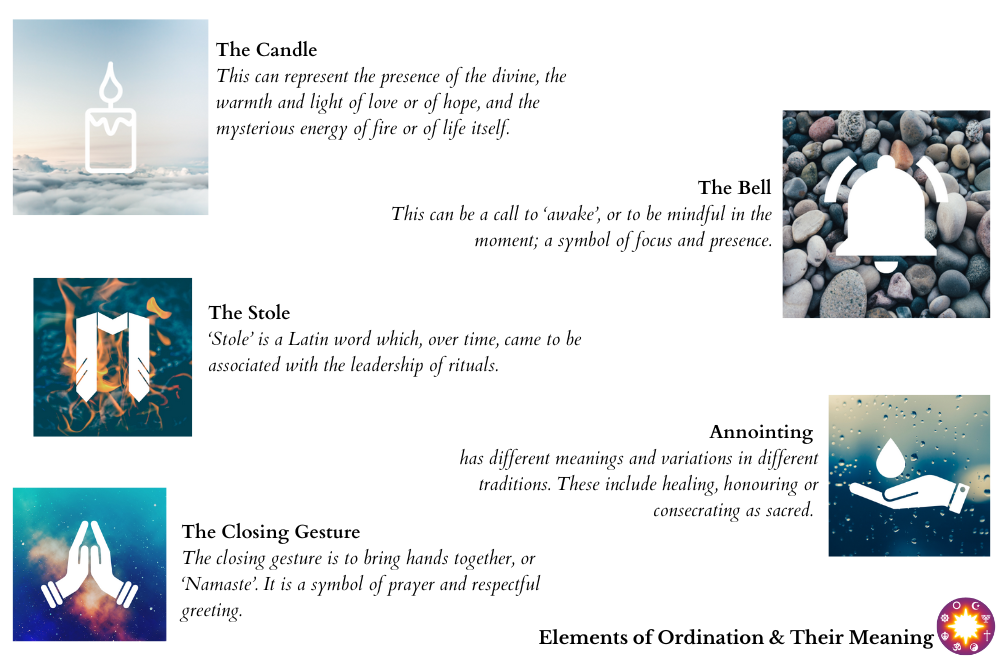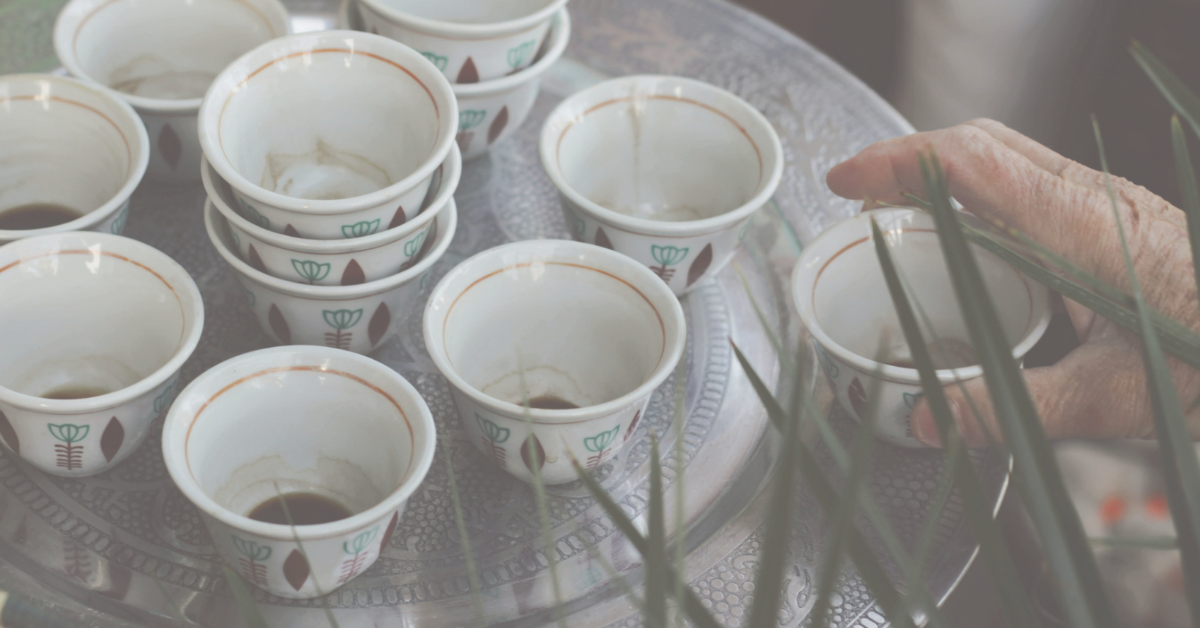OneSpirit has a reputation for holding beautiful ordination ceremonies. These events moved me, even as a visitor, long before I was a member of the organisation.
Driven by the global circumstances of the last two years, we have worked as a team to harness the challenges of translating the power of ordination into online and ‘hybrid’ contexts.
There are several symbolic, sensory aspects to the ceremony, which have helped us to keep the sense of continuity, as well as the feeling of personal depth and meaning. We encourage you to reflect on what these mean for you personally, and how you interpret them in your own contexts:
The Candle: This can represent the presence of the divine, or the warmth and light of love or of hope, and the mysterious energy of fire or of life itself – the sunlight held in every leaf.
The Sound of a Bell: To me, this is a call to ‘awake’, or to be mindful in the moment. I use the same singing bowl in the ordination ceremony that I use in my own meditation.
A Stole: Ordinands are invited to put on a stole or an equivalent, which they have been reflecting on since the first year, when we make them for one another and gift them, in the ceremony. ‘Stole’ is a Latin word for a large length of fabric which was worn by women – like the one on the Statue of Liberty! – but which over time came to be associated with the leadership of rituals. It might mean a towel of service, or a scarf of office, a prayer shawl, a prayer-bead rope, the proclaiming of seasonal or elemental energy.
Anointing: Following the moment of ordination, the newly ordained minister is invited to anoint themselves. This is usually with a base oil such as olive oil, perhaps with drops of a favourite essential oil, but anointing has different meanings and variations in different traditions. It might for example have a healing quality, or of honouring, or of consecrating as sacred – perhaps all three. Like the other symbols, this might remind you of a ceremony in your own family system or tradition and have special meaning for you because of this.
The closing Gesture: The closing gesture is to bring hands together, and we often call this the ‘Namaste’ gesture, recognising the Hindu origin, but it is also recognised as one of prayer and respectful greeting around the world. To me, this expresses a loving greeting that is at the heart of our ministry and the spirit of our ordination: ‘the divine in me honours the divine in you.’
I hope these reflections can offer an affirmation of your own ordination.
~ Written by OneSpirit Core Tutor, Annie Heppenstall




